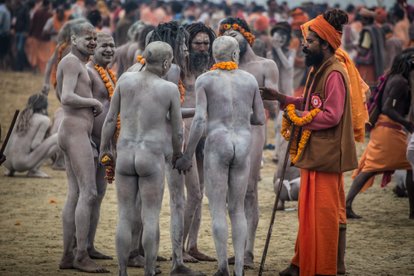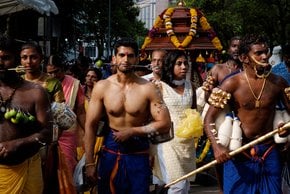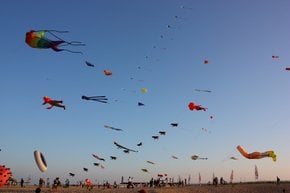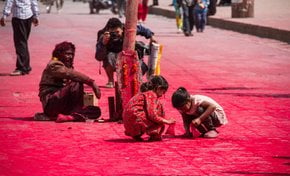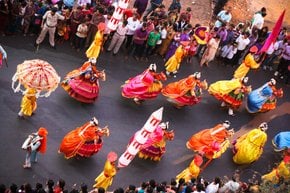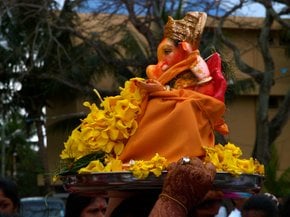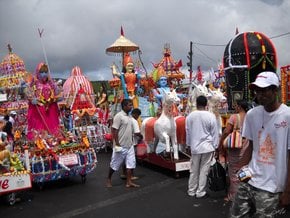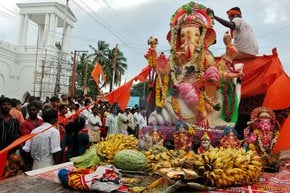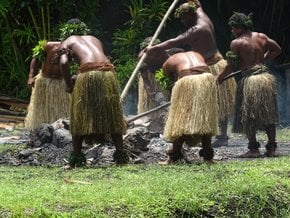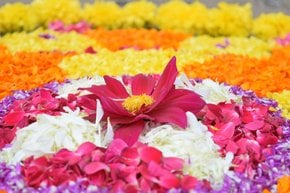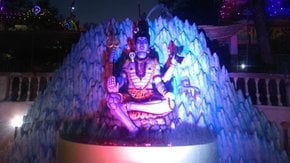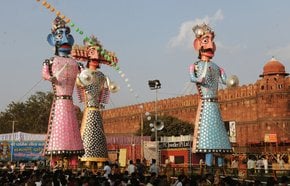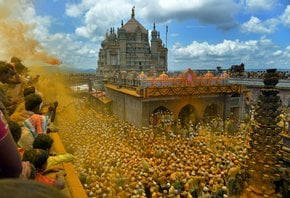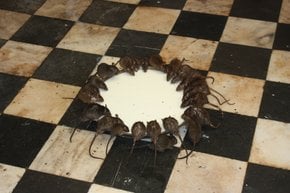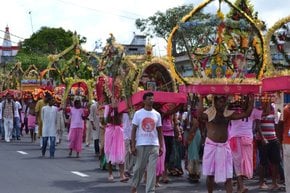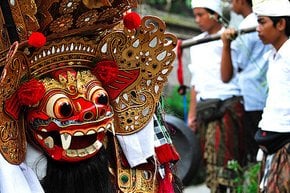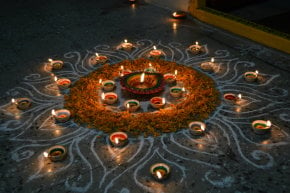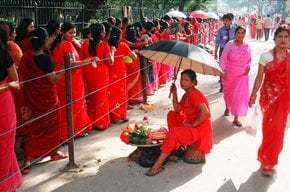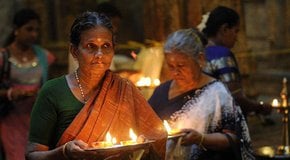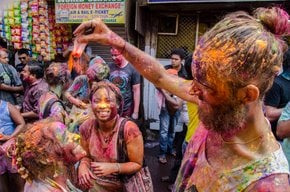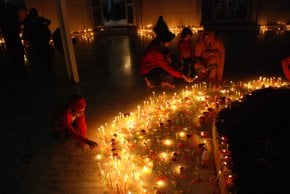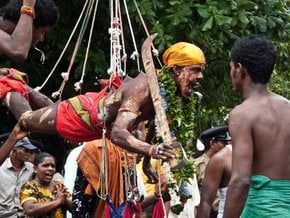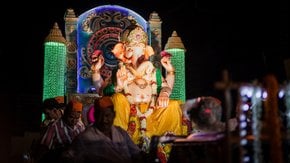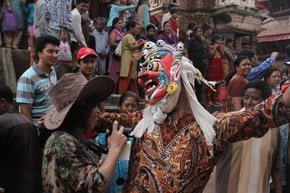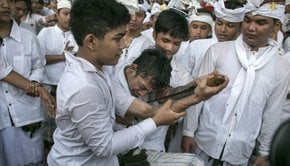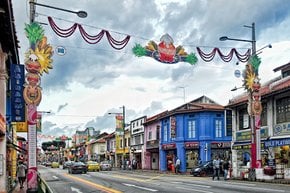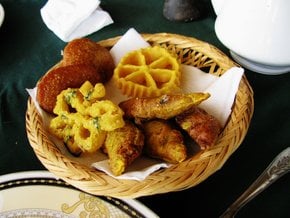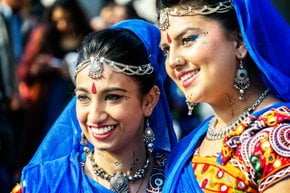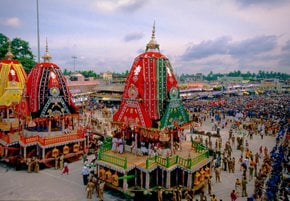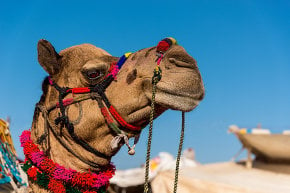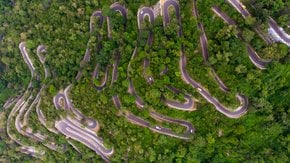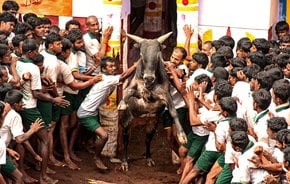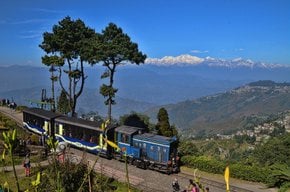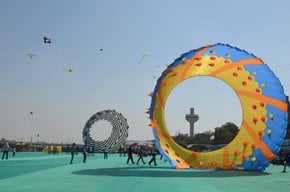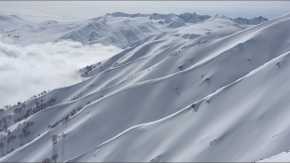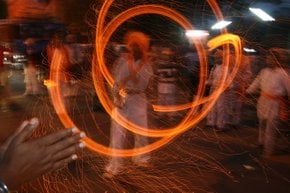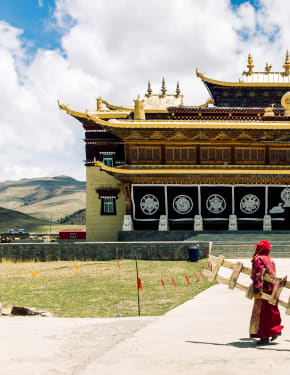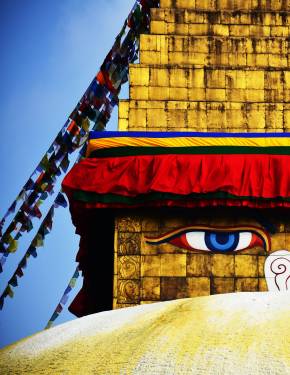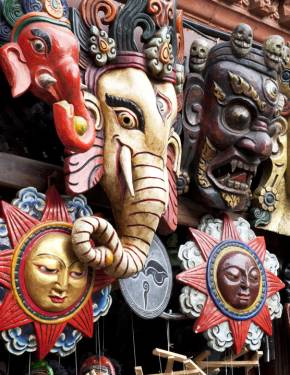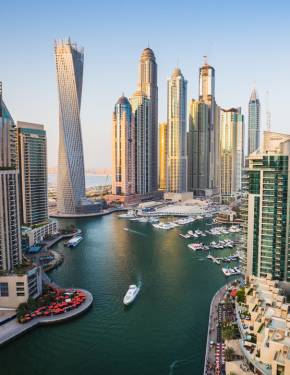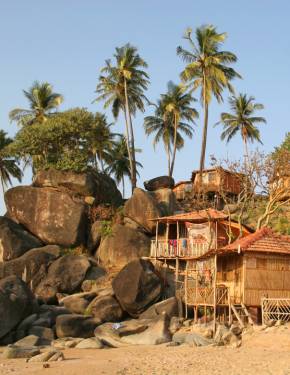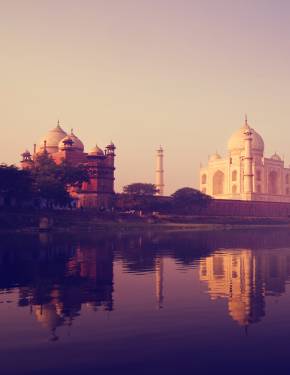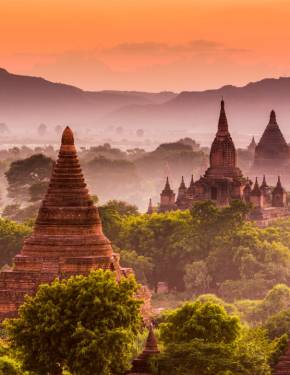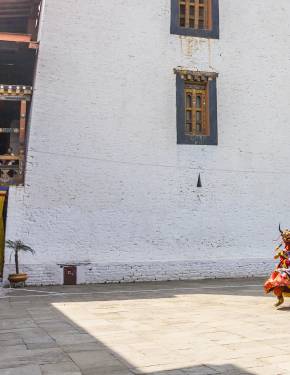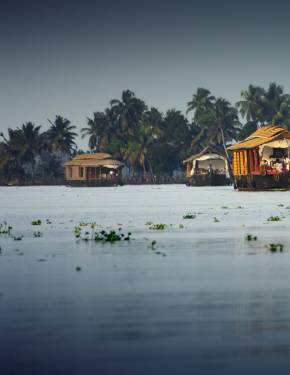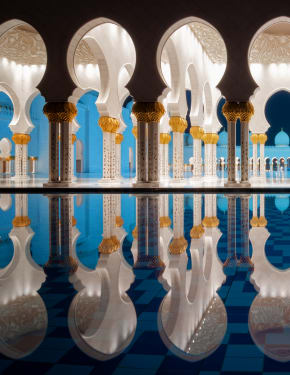Kumbh Mela 2025 a India
Immergiti in uno dei più grandi raduni religiosi di sempre
Date: 13 gennaio–26 febbraio 2025
Gli indù sanno come festeggiare meglio di chiunque altro al mondo, soprattutto tenendo conto di quanto entusiasmo e passione hanno per esso. A volte esprimono la speranza e la gioia e a volte accolgono gli dèi nella speranza di ottenere la salvezza. Accogliete dunque il Kumbh Mela, un pellegrinaggio di massa indù di fede in cui gli indù si riuniscono per bagnarsi in un fiume sacro per lavare via i loro peccati
The Kumbh Mela follows a unique rotation system across four sacred river sites in India—Prayagraj, Haridwar, Ujjain, and Nashik—each hosting the festival once every 12 years. This rotation means that each location hosts the event in turn. The timing of the Mela is based on specific astrological alignments of the Sun, Moon, and Jupiter, which are believed to make the ritual bathing at these sites most spiritually powerful. Kumbh Mela includes special events such as Ardh Kumbh (half Kumbh) due to specific auspicious dates, and Simhastha Kumbh (unique to Ujjain), adding to the spiritual significance and cultural richness of these gatherings.
Questo festival si svolge ogni tre anni, e cambia tra quattro diverse località: Allahabad o Prayagraj (Triveni Sangam di Yamuna, Ganga, e Saraswati), Nasik (rivi Godavari), Haridwar (rivi Ganga), e Ujjain (rivi Kshipra). La Mela, che è il più grande raduno del mondo del suo tipo, attira devoti da tutto il mondo e ritorna a ogni luogo dopo un periodo di 12 anni.
"Kumbh" significa nettare e storia dietro la festa risalgono al tempo in cui gli dei hanno deciso di risiedere sulla terra. Sono stati indeboliti dalla maledizione di Sage Durvasa, e i demoni hanno causato il caos nel mondo. Il Signore Brahma li ha consigliati di tirar fuori il nettare dell'immortalità. Quando i demoni scoprirono il piano degli dei per assegnare il nettare, li ripensarono per 12 giorni. Durante l'inseguimento, parte del nettare cadde nelle quattro località sopra menzionate. Gli indù credono che le persone che si bagnano nelle acque sacre durante il Kumbh Mela siano infinitamente benedette. Tutti i loro peccati sono lasciati andare, e si avvicinano un po' alla salvezza.
The 2025 Maha Kumbh Mela in Prayagraj will follow a structured schedule with key bathing dates, beginning with Paush Purnima on January 13, which signals the start of Kalpvasa, a period of spiritual discipline and devotion for pilgrims. The next significant day is Makar Sankranti on January 14, when thousands gather for ritual bathing at the holy Triveni Sangam. Another major date, Mauni Amavasya, on January 29, is expected to draw the largest crowds for the Shahi Snan, or “Royal Bath,” which is the spiritual high point of the Kumbh Mela.
Additional notable days include Basant Panchami on February 3 and Maghi Purnima on February 12, where devotees continue to perform ritual immersions. The festival concludes with Maha Shivaratri on February 26, when pilgrims make their final dip in the sacred waters.
The roots of the Kumbh Mela lie deep within Hindu mythology. The legend of the festival dates back to the churning of the cosmic ocean by the gods and demons to obtain Amrita, the nectar of immortality. According to the tale, a fierce battle for the nectar ensued, during which a few drops spilled at four locations in India, namely Prayagraj, Haridwar, Ujjain, and Nashik. These sites became sacred, and every 12 years, the Kumbh Mela is held at each, rotating between these cities.
Historically, records of the Kumbh Mela date back to the Maurya and Gupta periods, with emperors like Akbar showing reverence for the gathering. During the British colonial era, the festival attracted attention for its vast scale and religious significance. Today, the Kumbh Mela, recognized by UNESCO as an intangible cultural heritage of humanity, symbolizes a blend of religious devotion, cultural unity, and historical resilience.
La Kumbh Mela è tenuta quando le acque di quei fiumi sacri passano nel nettare, e le date esatte possono essere calcolate secondo una combinazione di posizioni zodiache del Sole, della Luna e di Giove.
The city has seen significant infrastructural improvements over the years to manage the influx of millions of pilgrims. Temporary bridges, camps, sanitation facilities, medical stations, and information centers will be set up throughout the Mela grounds. Additionally, authorities implement strict crowd management and safety protocols to ensure a smooth experience for attendees.

